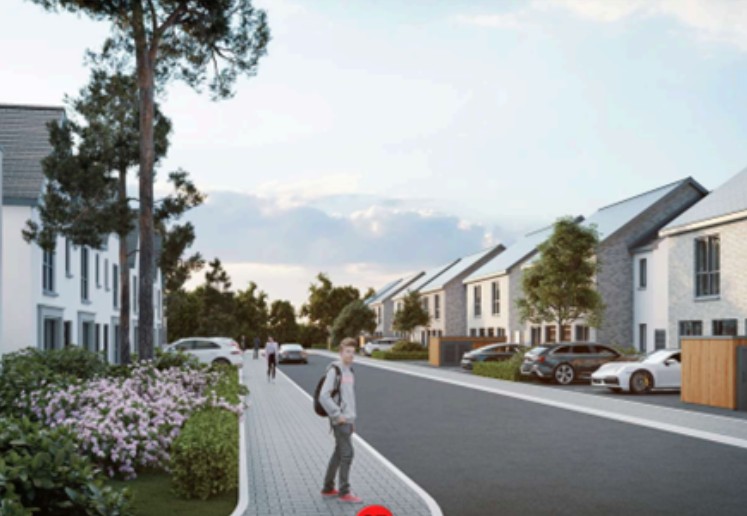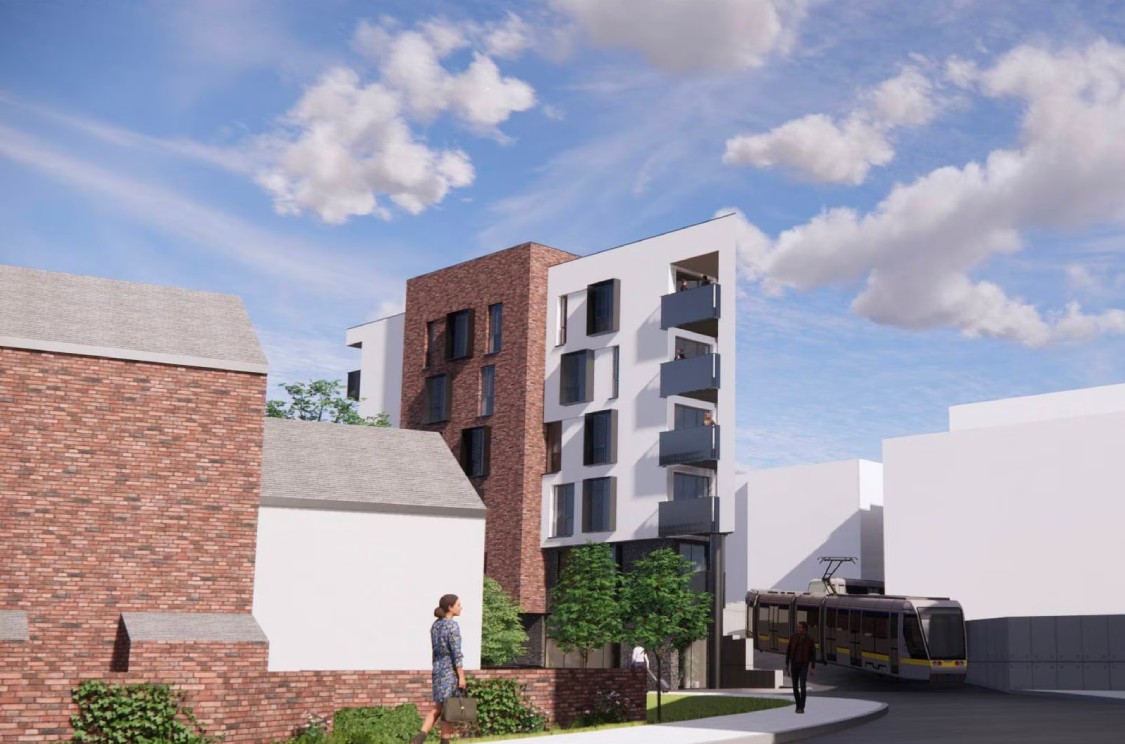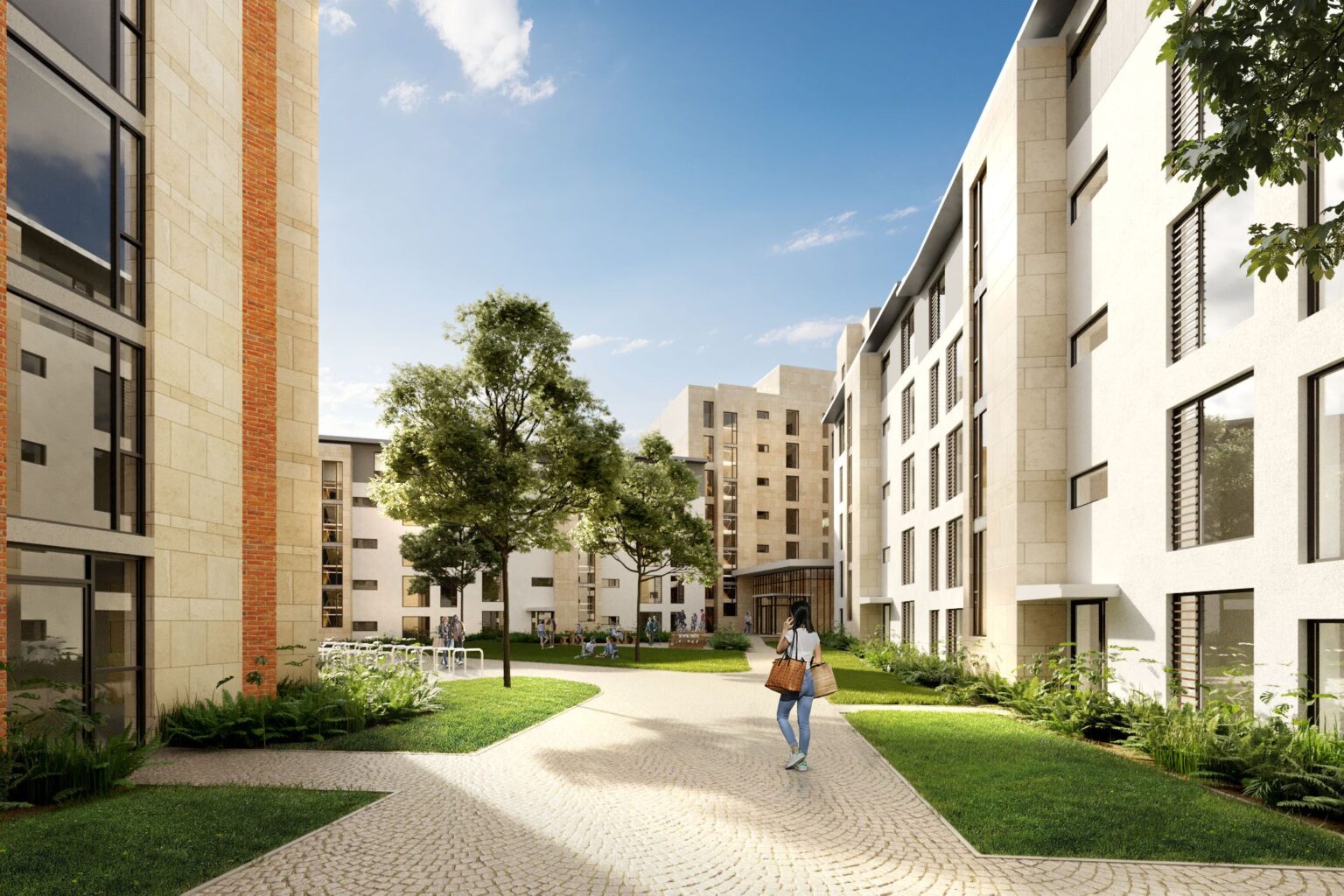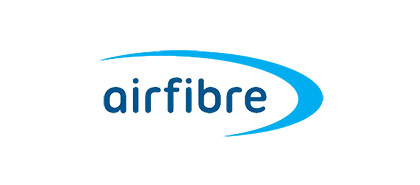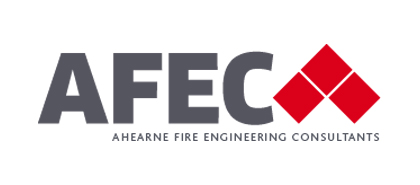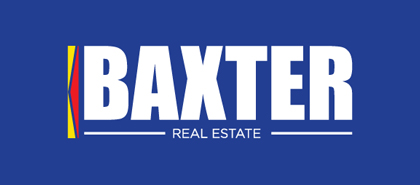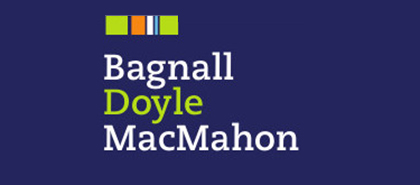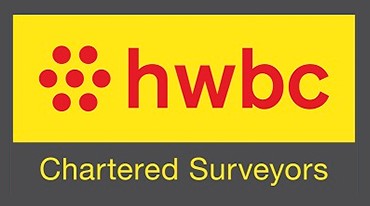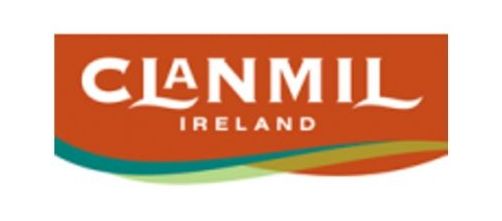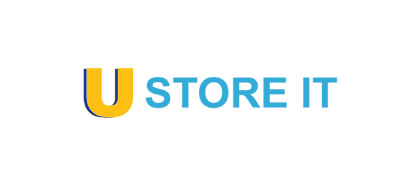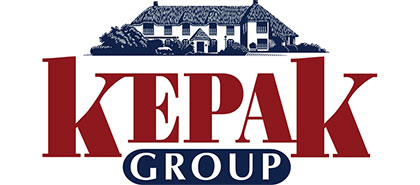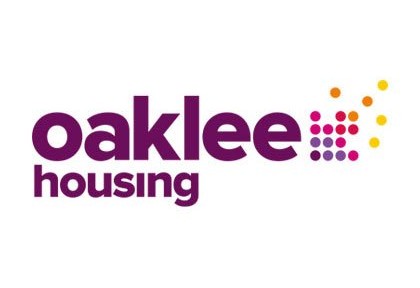In these times of great change and uncertainty, it is essential we continue to work, in so far as possible, to maintain the positives in an unprecedented time. This period allows us to actively look at how we can improve our remote working structures and how existing practices from our Planning Statutory bodies can reflect the future working structures and practices.
Below are some suggestions that might be appropriate for discussion concerning future revisions within our system.
An Bord Pleanala ( ABP )
- There is generally an outdated and unnecessary reliance on hard copy application documentation. For SHD pre application consultation applications, there is currently a requirement for 6 hard copies to be sent to the LA and 2 to be sent to ABP. This can amount to thousands of pages of material that is most likely to change following pre application consultation and become irrelevant for the full application. The planning system must adapt to more sustainable methods of application receipt and assessment.
- All documents related to internal reports etc. for Strategic Housing Development applications should be made available on the Pleanala website. At present, there is no way for applicants to view the Chief Executive’s report from the relevant LA online as well as submissions made on the application. Greater transparency in this regard would be valuable for all parties. (This would also reduce necessity for paper copies of documents to be held in ABP office)
- All 1st & 3rd Party Appeals & observations should be submitted online with no physical documentation having to be lodged to the ABP.
- The Board, like a Local Authority Planning Platform should have all documentation available online, information should not have to be physically ordered and viewed in their offices.
Local Authority ( LA )- Planning Applications
- Planning Application validations should be done via an online platform; this would save time for both the applicant and the local authority. In addition, a fully integrated system, will make the process a lot more transparent and streamlined, thus taking the frustrations out of the system for both applicant and local authority.
- All notifications should be uploaded onto the online platform created for this specific planning file.
- Appeal dates should be calculated and shown on a Local Authority Platform to avoid any confusions regarding the 4-week period.
- Like most LA Planning platforms that give last date for submissions, the website should also give the decision date for each planning application.
- Planning Fees paid should be designated to the applicant rather than the specific case file. This would eliminate need for ABP/LA to return fees for the applicant to resubmit them straight away. Fees would be held by the authority and only processed once application is validated/decided. This system would also serve to reduce administration within the relevant authority.
- All planning applications under 10 units should not require a Social Housing Exemption which involves the preparation of an application and accompanying Statutory Declaration which is costly and time consuming for both the applicant and the LA. Compliance with Social Housing Exemption should be done via an online platform.
- Pre-planning consultation are generally quite slow. Provision should be made by each LA to provide an option of email or a virtual conference call meeting if a face to face meeting cannot be arranged or accommodated. Most applicants would be satisfied with email or a virtual conference call meeting for smaller scale projects, and this could speed up the process if it is clear from the outset which type of consultation they are requesting.
- A uniform planning platform across all local authorities. At present, every local authority creates its own online platform and structure which can be difficult to navigate and to download documentation at times. If this system was uniform across all local authorities it will allow for a more fluid system for both the public and LA.
- Part V- Social Housing Compliance- Again, all Part V planning application compliance can be agreed via an online planning platform by way of validation. The Housing Section can liaise with the Planning Section to provide a more streamed lined system that reduces validation and LA administration issues.
Development Plan & Local Area Plan Submissions
- Development Plan & Local Area Plan Submissions generally have to be submitted to County Council offices in hard copy, which at times can be difficult for last minute submissions as the posted submissions risk reaching the LA after the submission deadline. We would however welcome some County Councils move away from this out dated system. Recently, we submitted our clients submissions to Meath County Council via a online platform specifically created for the Meath County Council Development Plan Review. This process was very easy to navigate and allowed for no hard copy documents having to be delivered to the County Council offices. This process is to be very much welcomed and we would love to see this pushed out across all County Councils for their County Development Plan & Local Area Plan Reviews.


